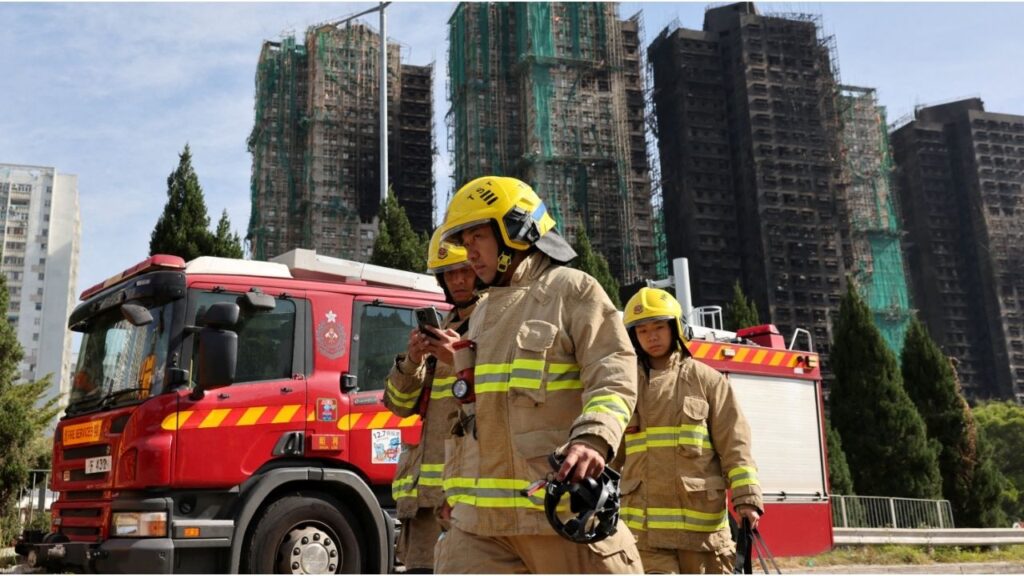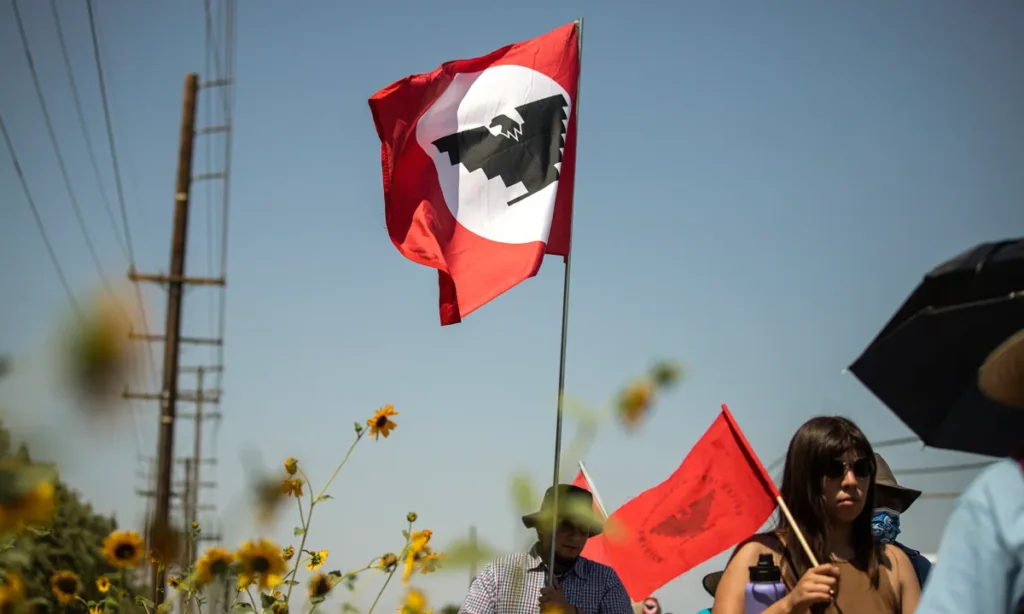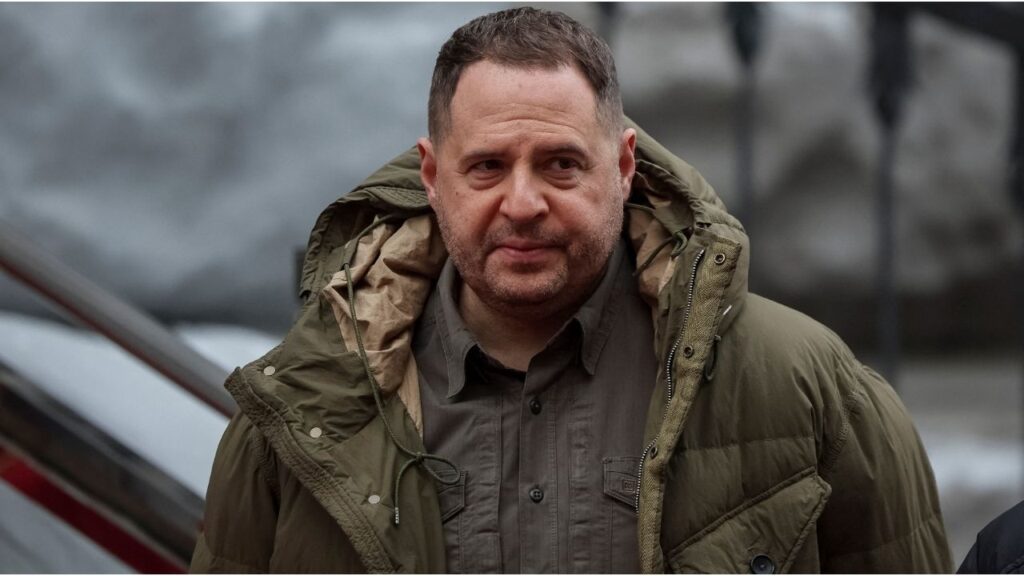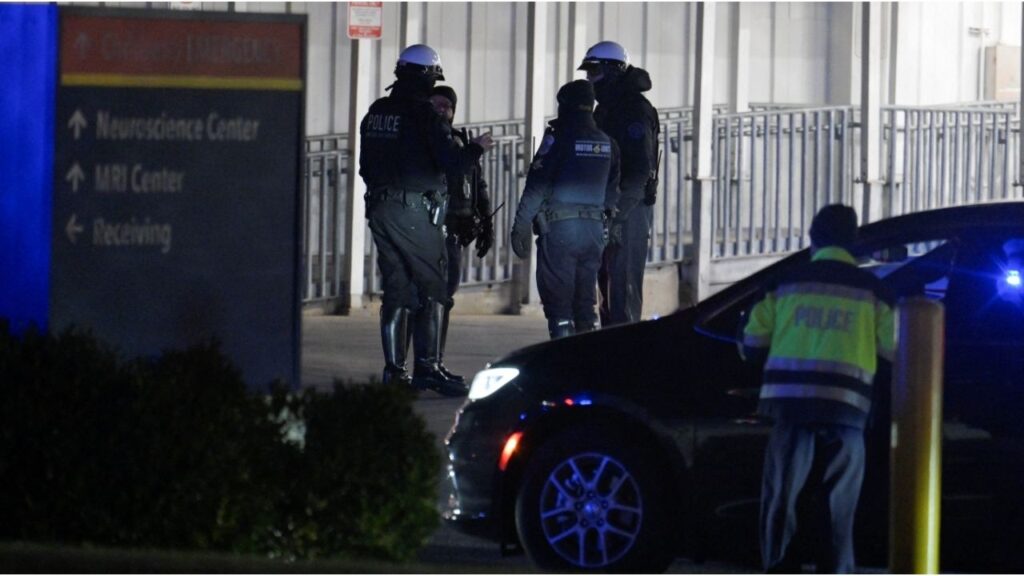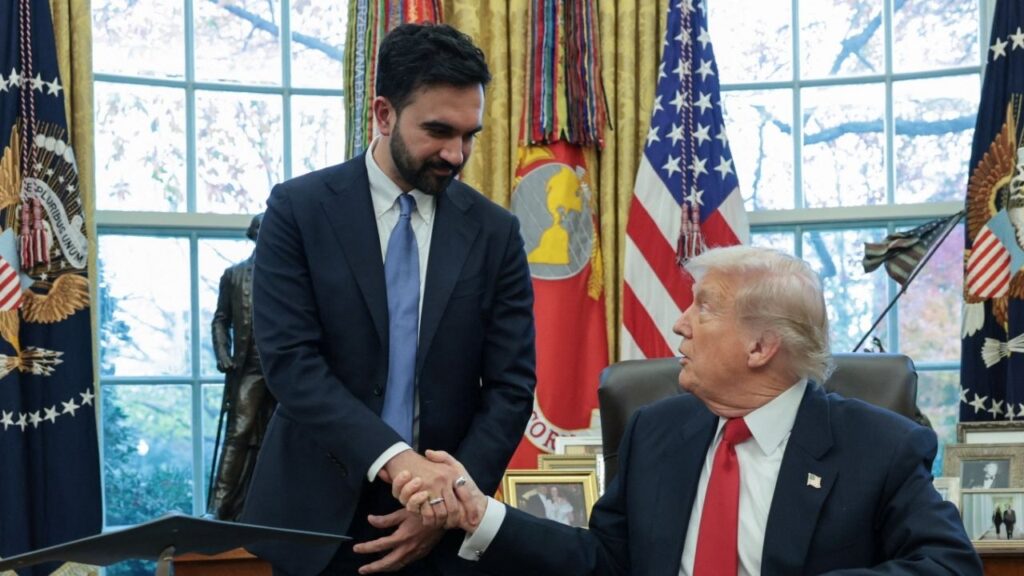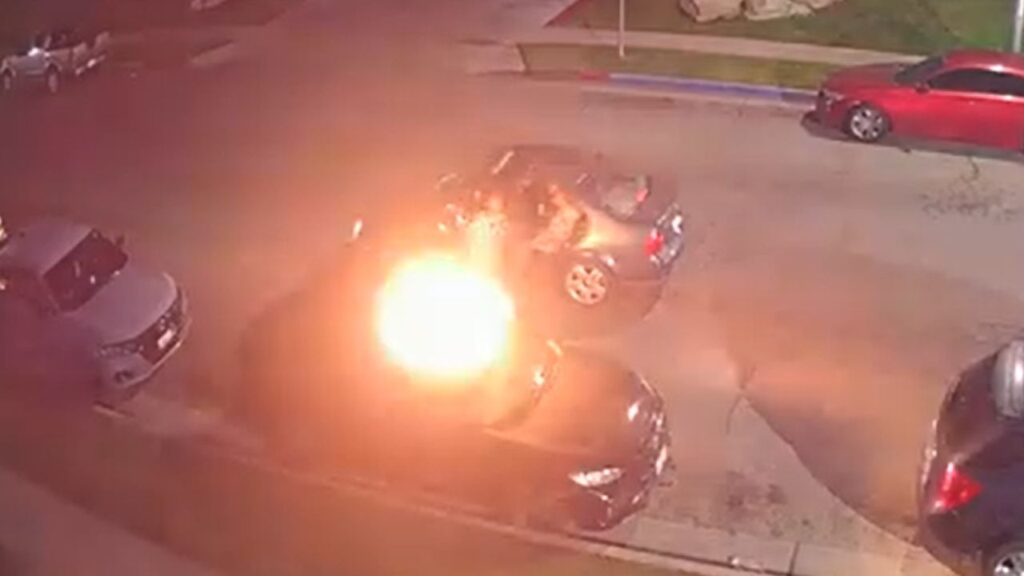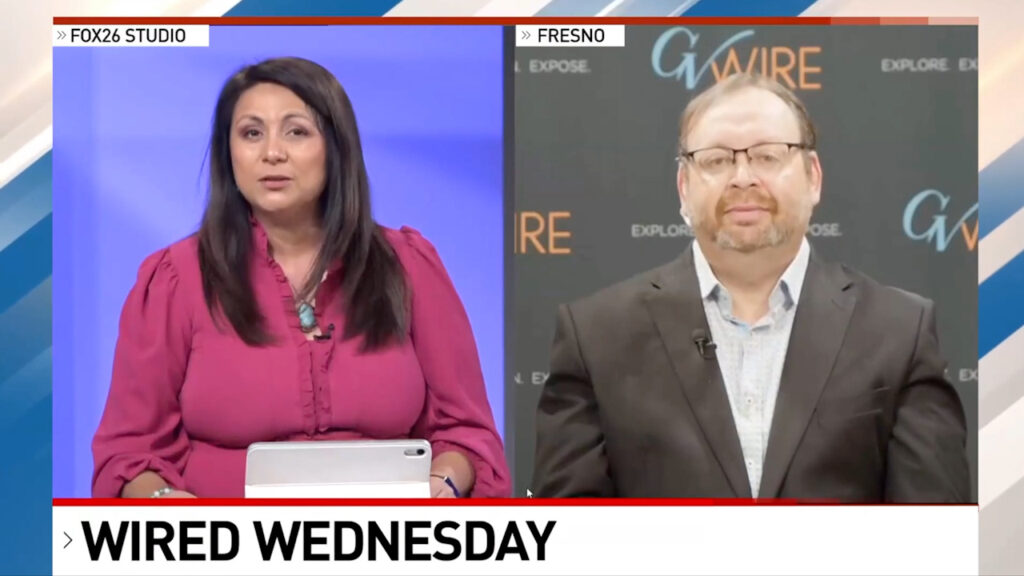A billboard in the town of Baalbek, Lebanon, displays an image of Hassan Nasrallah, the leader of Hezbollah, who was recently killed in an Israeli assault, Oct. 7, 2024. Moves by Israel have degraded Hezbollah’s capabilities in Lebanon, but so far have failed to block a steady stream of retaliatory strikes. (Diego Ibarra Sanchez/The New York Times)

- Israel's intensified strikes on Hezbollah, including killing leaders, haven't stopped the group's ongoing retaliatory attacks.
- Despite significant losses, Hezbollah retains capabilities with Iranian support and has the largest arsenal of any nonstate group.
- Experts warn that Israel’s ground forces face challenges, and Hezbollah’s leadership shift could maintain aggression.
Share
|
Getting your Trinity Audio player ready...
|
Assassinations of top leaders. Intense attacks on infrastructure and weapons supplies. A ground incursion. These moves by Israel have degraded Hezbollah’s capabilities in Lebanon but so far have failed to block a steady stream of retaliatory strikes.
Hezbollah, which began attacking Israel more than a year ago in solidarity with Hamas in the Gaza Strip, remains resilient, experts say.
“Before all this began, it had a massive arsenal, highly qualified leaders, good leadership selection and a deep bench of skilled fighters,” said Daniel Byman, a senior fellow with the Warfare, Irregular Threats and Terrorism Program at the Center for Strategic and International Studies in Washington.
Hezbollah has been “significantly degraded,” he assessed, but even weakened, it “is still pretty competent.”
Israel Kills Hezbollah’s Leader
The Israeli military killed Hezbollah’s leader, Hassan Nasrallah, in a strike near the capital, Beirut, in late September. On Wednesday, Hezbollah confirmed that his presumed successor, Hashem Safieddine, had also been killed in an Israeli strike this month.
Those killings were part of a wave of intensified Israeli attacks on the group that began last month with the mass remote detonation of Hezbollah operatives’ pagers and later walkie-talkies, and was followed by a ground incursion into the country’s south, as well as severe airstrikes in southern Lebanon and Beirut.
Yet Hezbollah has continued to carry out strikes into Israel at a consistent and significant pace. On Wednesday night, the Israeli military said about 135 projectiles had crossed into Israel from Lebanon. On Tuesday night, the count was 140. And last Saturday, a Hezbollah drone hit the private home of Israeli Prime Minister Benjamin Netanyahu in the northern seaside town of Caesarea.
“A month ago, Hezbollah was reeling from the pager attacks. It’s plausible that midlevel commanders have recovered,” Byman suggested.
Hezbollah and Israel were last at war in 2006, and the Lebanese armed group has long been preparing to fight Israel again.
Its strength has always been rockets and missiles, according to Audrey Kurth Cronin, director of the Carnegie Mellon Institute for Strategy and Technology. And in recent years, Hezbollah has been making motors for precision-guided projectiles domestically, she added, using guidance kits supplied by Iran, making it much easier to build up its supply.
“They are not just shooting off missiles willy-nilly,” she said. “That is how they can hit Netanyahu’s house.”
While Israel’s Iron Dome missile defense system has been “remarkably effective,” Kurth Cronin said, no system is foolproof when targeted by many weapons simultaneously, so if Hezbollah sends swarms of drones and rockets, some will surely penetrate.
Related Story: Israeli Strikes Hit Lebanon’s Tyre Amid Escalation, Hezbollah Confirms Death ...
Hezbollah May Have Largest Arsenal of Any Nonstate Group
Hezbollah has perhaps the largest arsenal of any armed nonstate group in the world, according to experts. Israeli and U.S. officials said this month that about half of its stockpile — built up over decades with help from Iran and estimated at about 120,000 to 200,000 rockets and missiles — had been destroyed.
But Hezbollah also has access to weapons from Iranian allies in Syria and Iraq via the relatively porous Lebanese border. Plus, it has been stockpiling rockets and missiles for a long time, Kurth Cronin said. “Israel won’t be able to target all of them,” and Hezbollah still has a lot of capabilities, she added.
The midlevel command was devastated by the September pager attacks, but Hezbollah does have “very well-trained fighters” who are battle-hardened through wars with Israel and through fighting in Syria, Kurth Cronin said. She also noted that there are about 1,000 Iranian trainers on the ground in Lebanon assisting Hezbollah.
Related Story: Israeli Strikes in Beirut Leave 22 Dead, Targeted Hezbollah Official Escapes
Israel also faces significant obstacles. An assessment of ground operations in Lebanon in a policy paper for Tel Aviv University’s Institute for National Security Studies last week noted that “ground forces face numerous constraints,” with soldiers and reservists “weary after a year of continuous war” in Gaza and “shortages of ammunition and spare parts.”
The shortages are partly because of limits on arms transfers to Israel that “could become worse if Israel loses its current legitimacy for its actions in Lebanon,” the paper warned. The paper was written by Brig. Gen. Guy Hazut, an author of books on military affairs, and Ofer Shelah, director of the Israel National Security Policy research program at the institute and a former member of Israel’s parliament, the Knesset.
The recent military and intelligence successes against Hezbollah have boosted morale in Israel, but there does not appear to be an end to the fighting in sight, according to some Israeli analysts.
“This is an unpredictable stage,” Kurth Cronin said of Israel’s conflict in Lebanon, all the more so because it’s unclear who Hezbollah’s next chief will be. “Just because you kill a leader doesn’t mean you have a less aggressive opponent.”
–
This article originally appeared in The New York Times.
By Ephrat Livni/Diego Ibarra Sanchez
c. 2024 The New York Times Company
RELATED TOPICS:
Categories

Reedley Repeat Drunk Driving Suspect Charged With Murder
